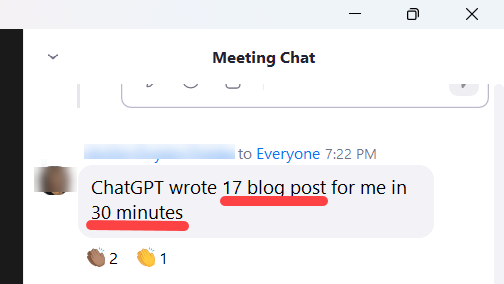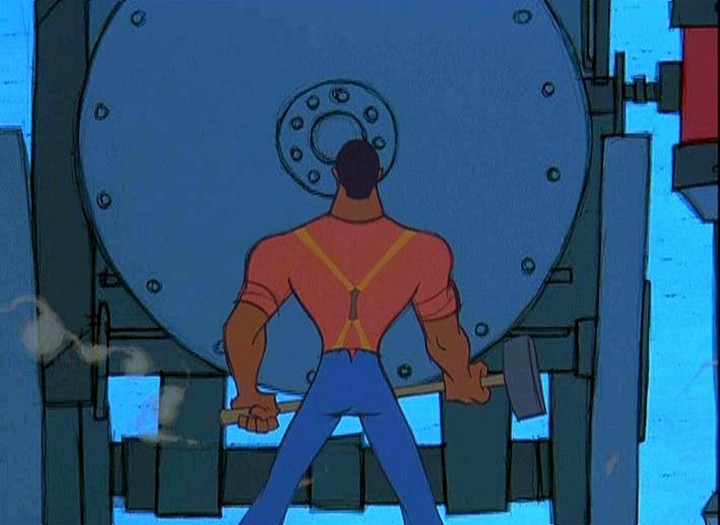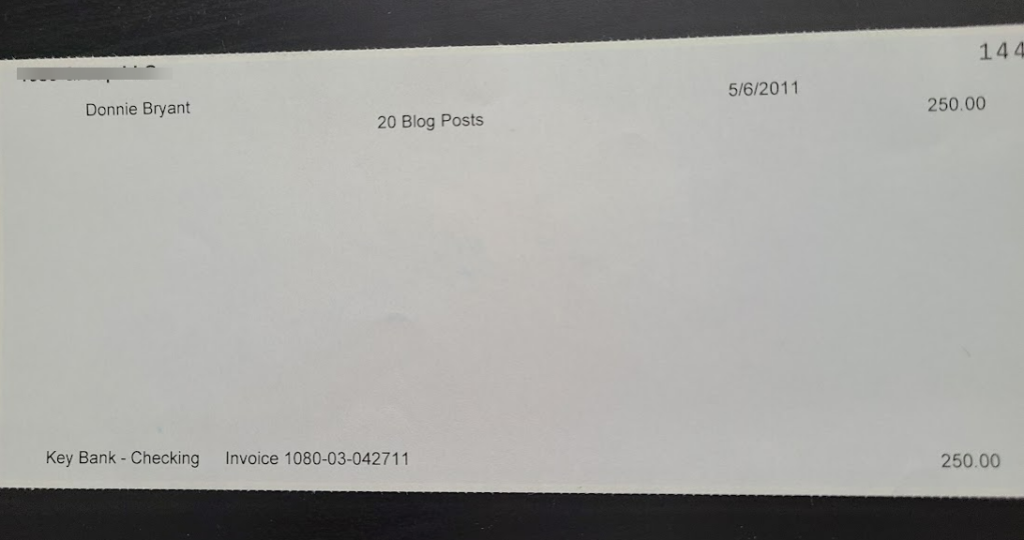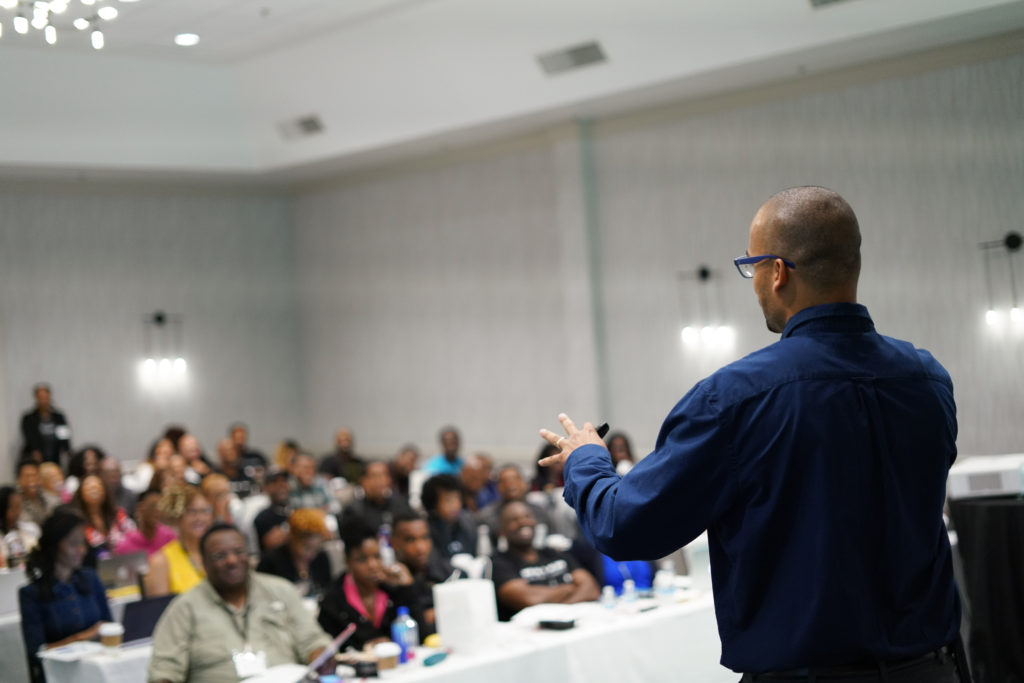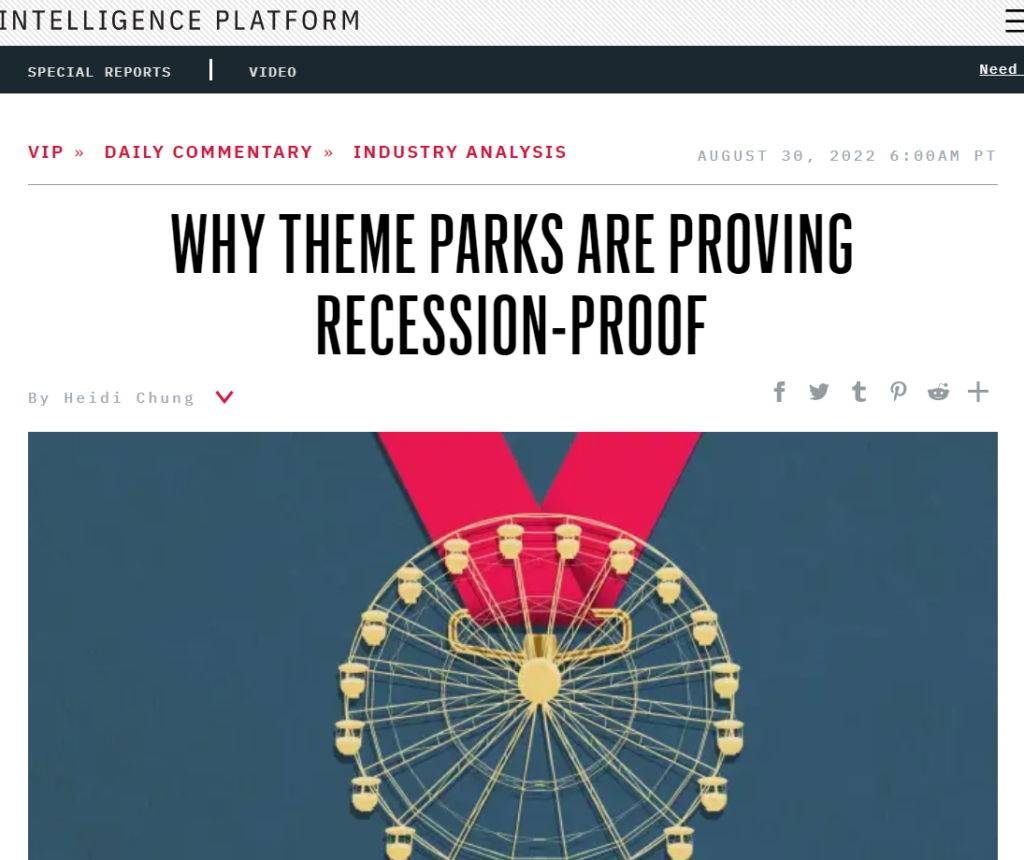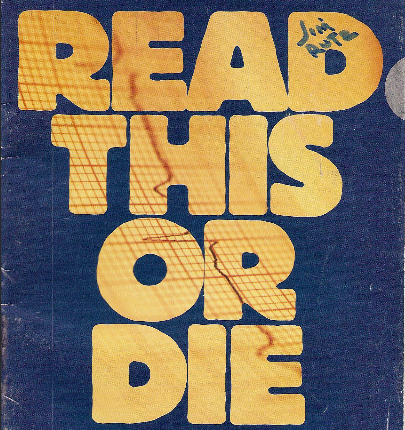Happy almost New Year!
Instead of being clever and coming up with 23 predictions for 2023, I’ll just give you 3 for the coming year.
I don’t know that any of these will be shocking, but I think you’ll find them useful. (And correct.)
Let’s get to it.
Prediction #1: The population general will shift even more toward fear about the economy.
Yes, we’ve already heard plenty of complaining about inflation (and I think we’re a ways off from seeing that fixed), possible recession, etc.
Still, 2022 holiday spending has been record-breaking.
If your neighborhood is anything like mine, people bought everything they could get their hands on for Christmas.
I predict people will adopt a more defensive attitude in 2023. Spending will be tempered (not decimated), and in most industries, you’ll have to work harder to get people to open their wallets.
You’ll benefit from communicating safety, security and CERTAINTY in your marketing. Help your clients and prospects feel a greater degree of control and they’ll reward you.
Prediction #2: AI will help creatives more than it hurts. Consumers won’t be so lucky.
Based on my last few emails, you already know I don’t see ChatGPT and other artificial intelligence tools as a threat to copywriters… designers… children’s book authors.
I just uploaded a video highlighting 10 copywriting skills AI doesn’t have (yet) that guarantee humans will still be running the show for the foreseeable future.
Besides, no one wants to do our jobs!
Entrepreneurs are already full-time busy with their jobs. The reason they don’t study copywriting or graphic design is the same reason most won’t invest the time to learning to leverage AI.
And even if they do bring AI into the mix, they still need skilled copywriters, designers, etc., to run the program!
That said, marketers will create far more content in 2023 than ever before. Much of it will likely come from AI.
More and more content… with less and less originality… which means more and more noise for everyone to sift through.
Several experts are even advocating for and teaching “authors” to use AI to ghost write their books!
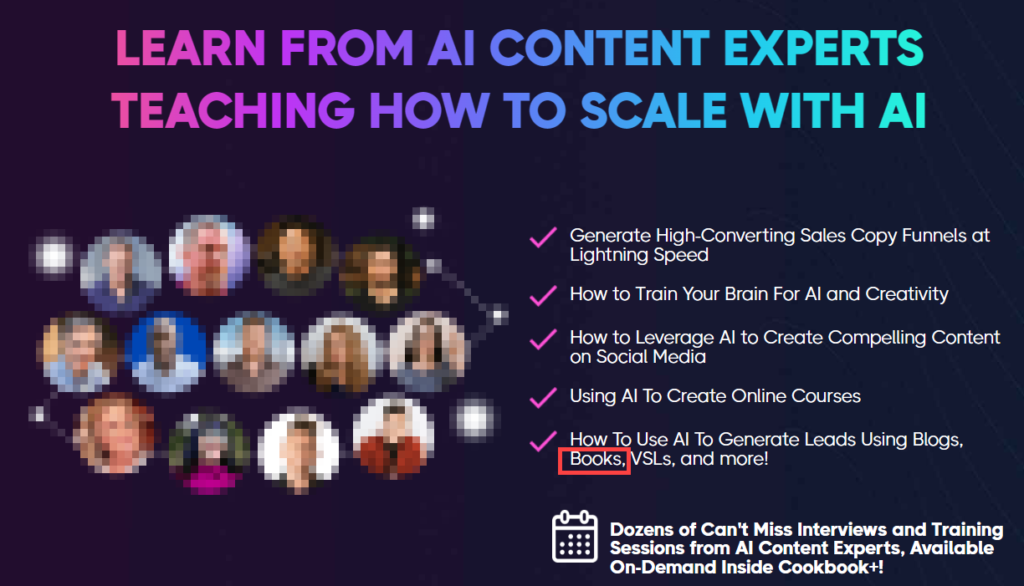
In many ways, I believe 2023 is going to be a year of content quantity over quality as people prioritize speed.
It’s like giving a teenager the keys to a gassed-up Bugatti. Could be painful to watch.
Prediction #3: The value of real expertise will increase… but it’ll be harder than ever for most to get their expertise noticed.
True, original-thinking experts will seem increasingly rare and refreshing amidst an onslaught of mediocre AI content.
Your ideal clients will sing “Oh happy day” when they find you. They’ll likely be more tired than ever from wading through the sea of cyber-sameness.
In 2023, you may need to crank out more copy/content than you’ve had to produce in the past — without decreasing its quality.
Showcase your expertise, your unique and relevant experience, your empathy and your HUMANNESS… even if you use AI like crazy.
(For the record, my plans for the new year include a TON more content. So I’m not just talking to hear my fingers hit the keys.)
AI will get better over time, and people (hopefully) will get better at using it.
Either way, 2023 is going to be interesting!


